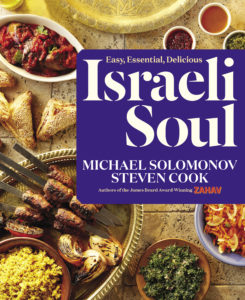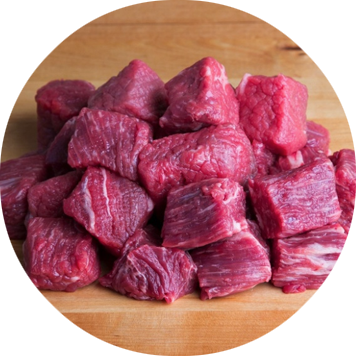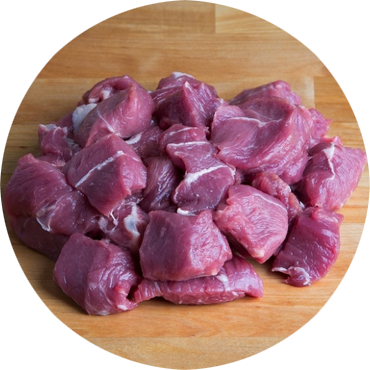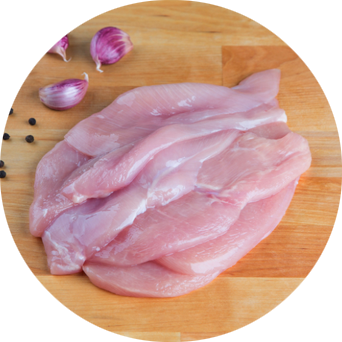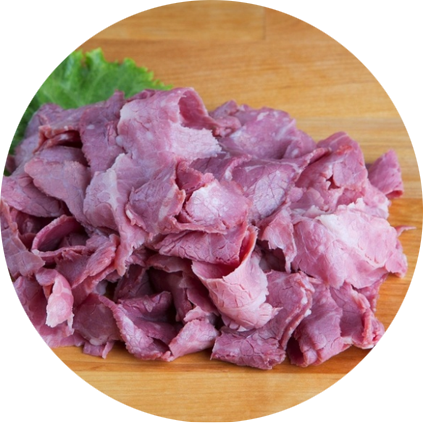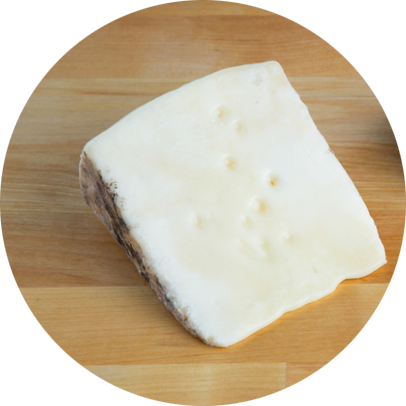We recommend planning on 1lb Whole or Half Turkey per person.
- 1 Pastured Turkey or two Half Turkeys
- 1/4 cup schmaltz, separated
- 3-4 tablespoons paprika
- 1-2 onions
- 2 stalks celery, with leaves, cut in 3″ sections
- 3 cups chicken broth, warmed (fortified if you like — see note, below)
- 2 tablespoons flour
Roast the Turkey
Bring turkey to room temperature. Preheat oven to 325F.
Pat dry. Cover all skin with schmaltz, then dust liberally with paprika.
Peel and quarter 1-2 onions, and place in bottom of roasting pan.
Set bird on rack in roasting pan and roast until temperature reaches 165 (measure in thickest part of breast). Baste every 30 minutes or so with juices from the pan.
How to check for doneness: Allow approximately 12-15min/lb for pastured birds, which are leaner than conventional birds and cook much more quickly. The flesh may still look a little pink, but if the thermometer says it’s done, don’t keep cooking! Thigh and leg joints should feel loose and wiggle easily. If they don’t, you can carve them off the turkey and return to the oven at 300 to continue to tenderize.
Tent with foil to cool.
Make the Gravy
When the turkey is nearly done, make the gravy. Use a baster to siphon out some of the pan drippings into a heavy saucepan — you should have about 2-3 tablespoons. Add flour, and cook, stirring, over medium heat, until mixture is dark brown (but not burned, watch it!).
Add broth, stirring, till it’s thinner than you like, then let it simmer a while to cook the floury taste and thicken some more.
Preheat your gravy boat or pitcher with hot water for a few minutes. Pour out the water, add the hot gravy and serve.
(If you want to make the gravy after the turkey is completely finished roasting, you can use the pan juices as well. Carefully strain the pan drippings into a fat separator, and pour the juices (not the fat) into the broth you are using for the gravy. This will intensify the gravy flavor. If you prefer to have your gravy made ahead of time, use fortified broth (see below) and save the pan drippings for mopping up with bread–chef’s treat!
Fortify your Chicken Broth (optional)
For an extra flavor boost to your gravy, cook chicken stock with the turkey bones and other aromatics before adding it to the gravy. You will need turkey necks, gizzards, and/or additional chicken bones/necks for this. This step can be done up to 1 week ahead; store broth in the fridge, and reheat before using.
In a heavy-bottomed saucepan, add 1 onion, quartered, and turkey necks, gizzards, and chicken bones in a little bit of oil until quite browned.
Add 1″ piece fresh ginger and 1 carrot, chopped in 1″ sections, and 3 cups chicken broth, and bring to a simmer.
Simmer for an hour or longer, until broth is quite dark.
Keep warm to add to gravy, or cool and refrigerate until use.

